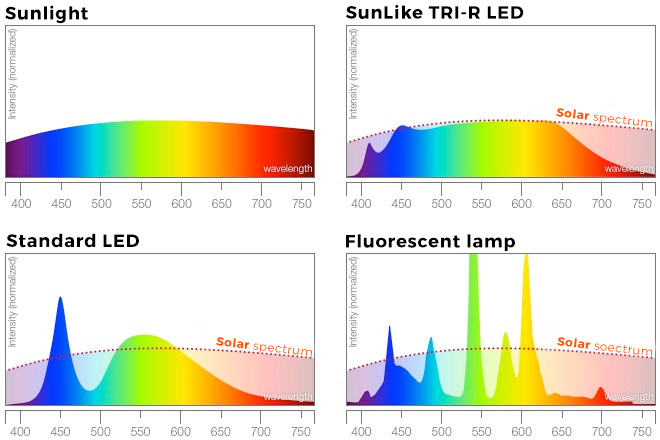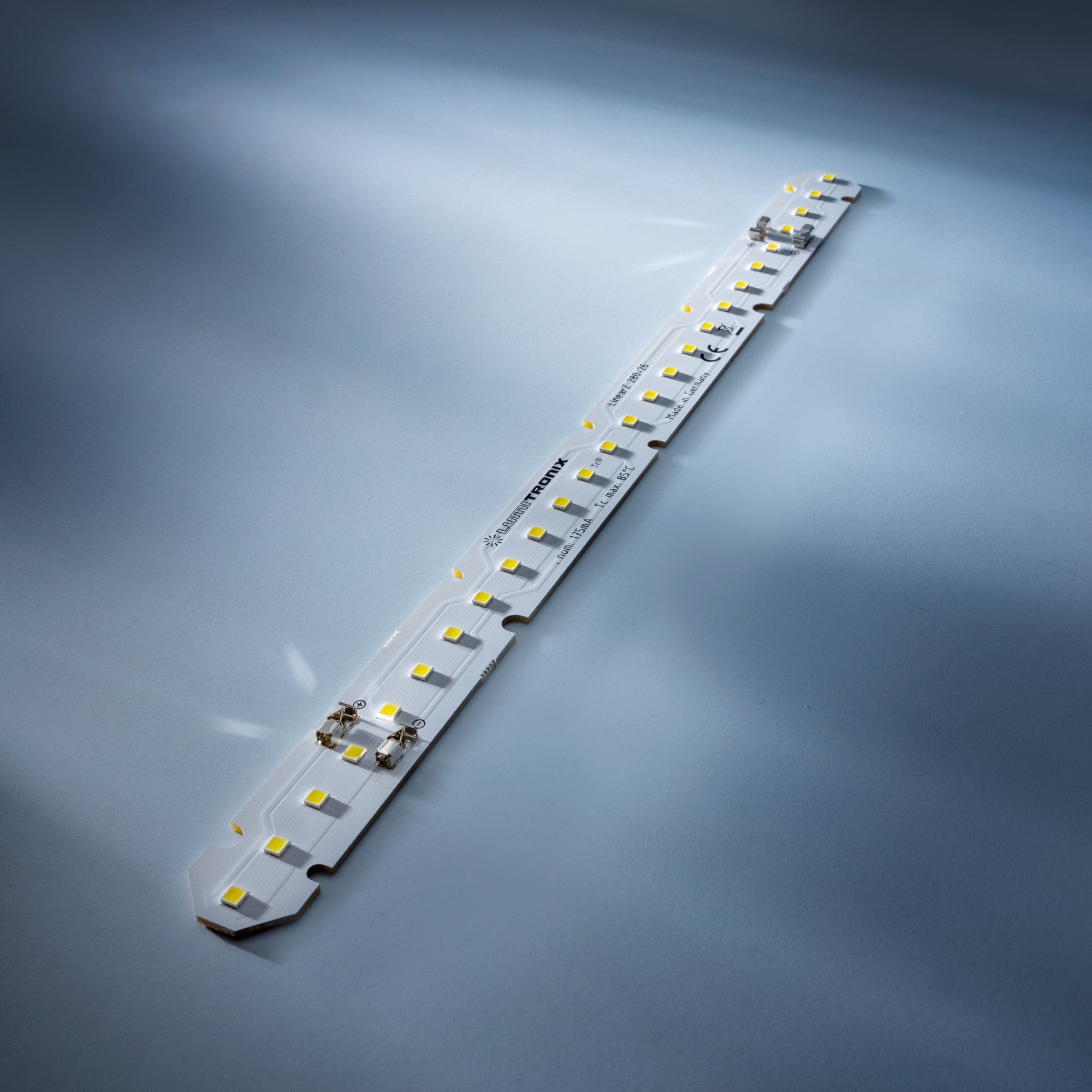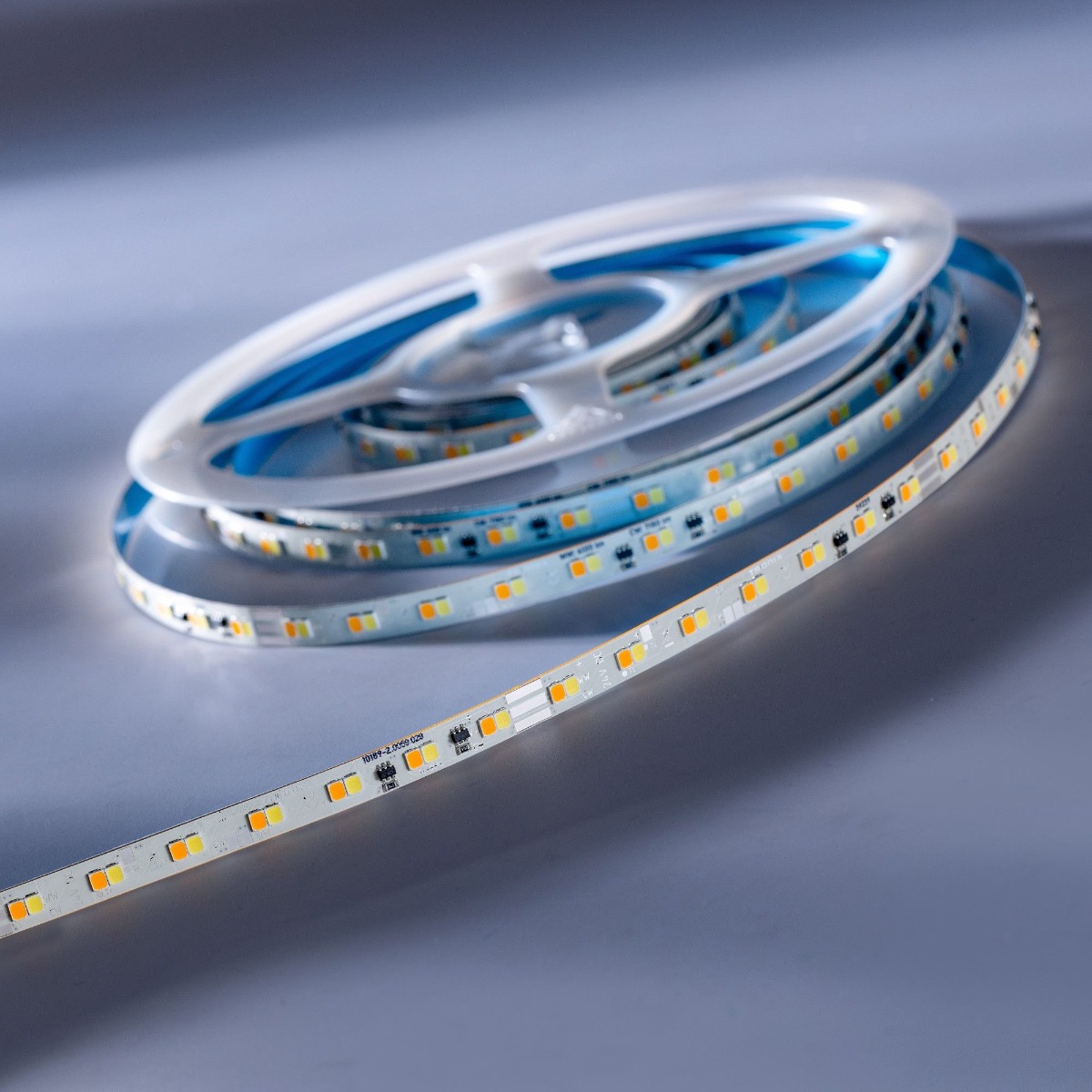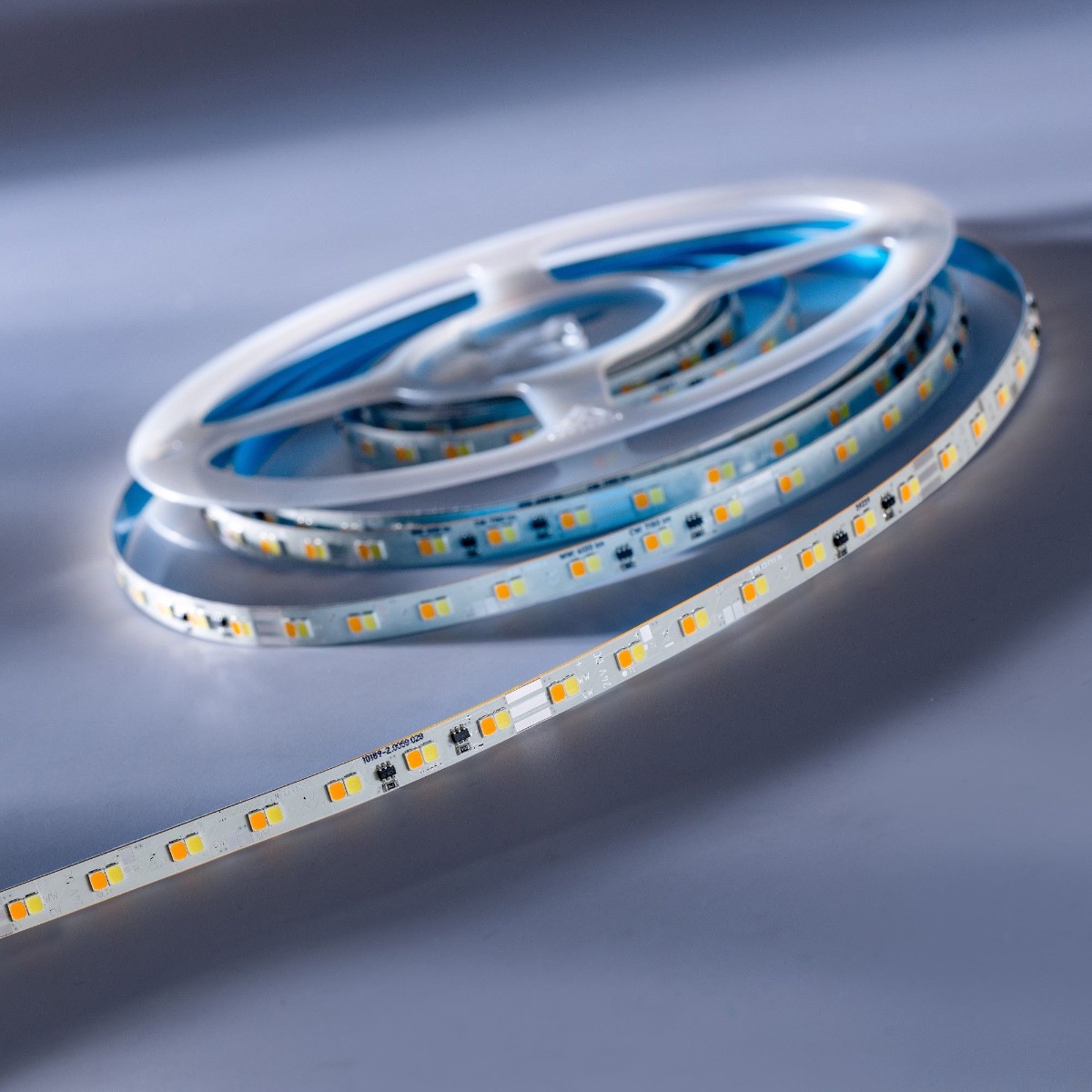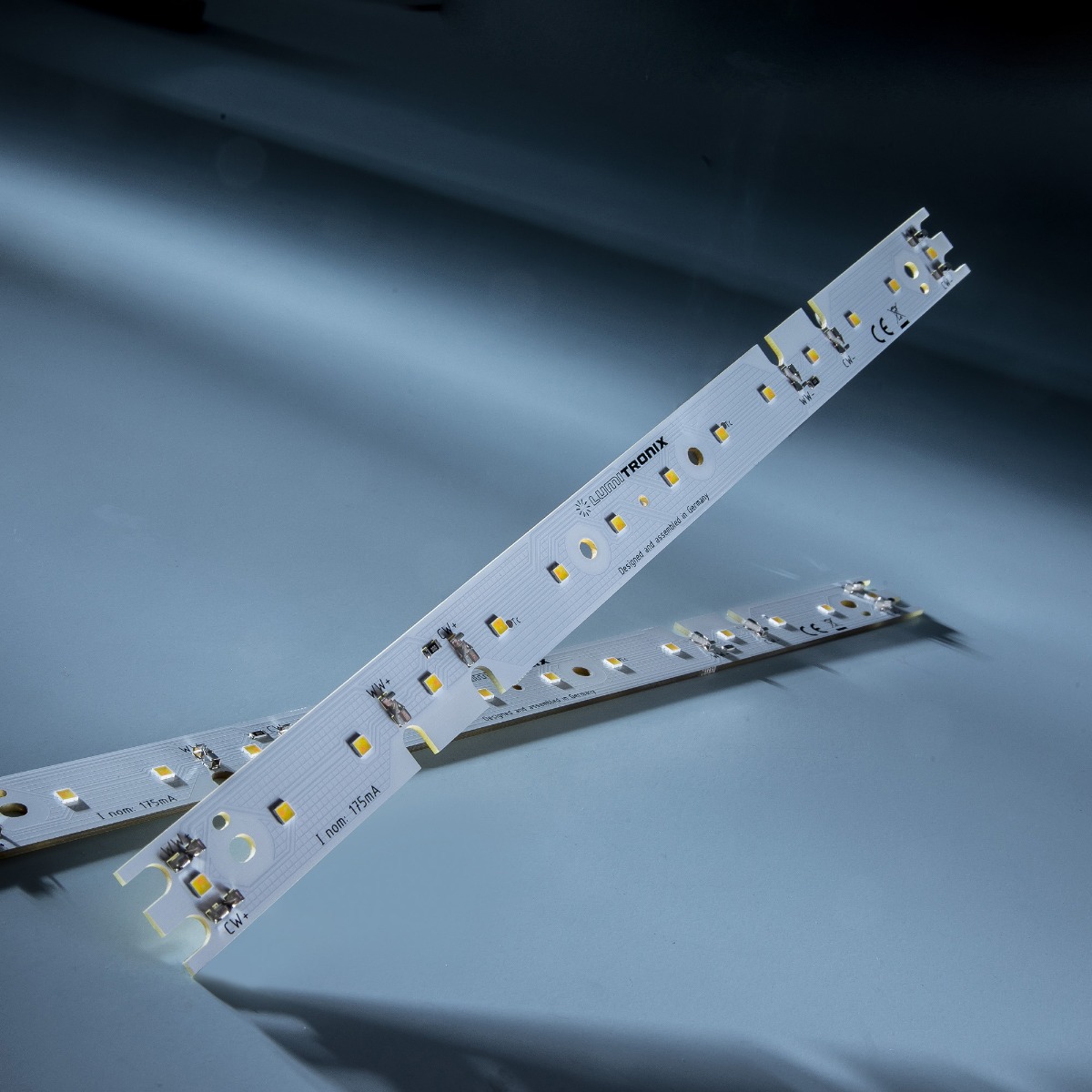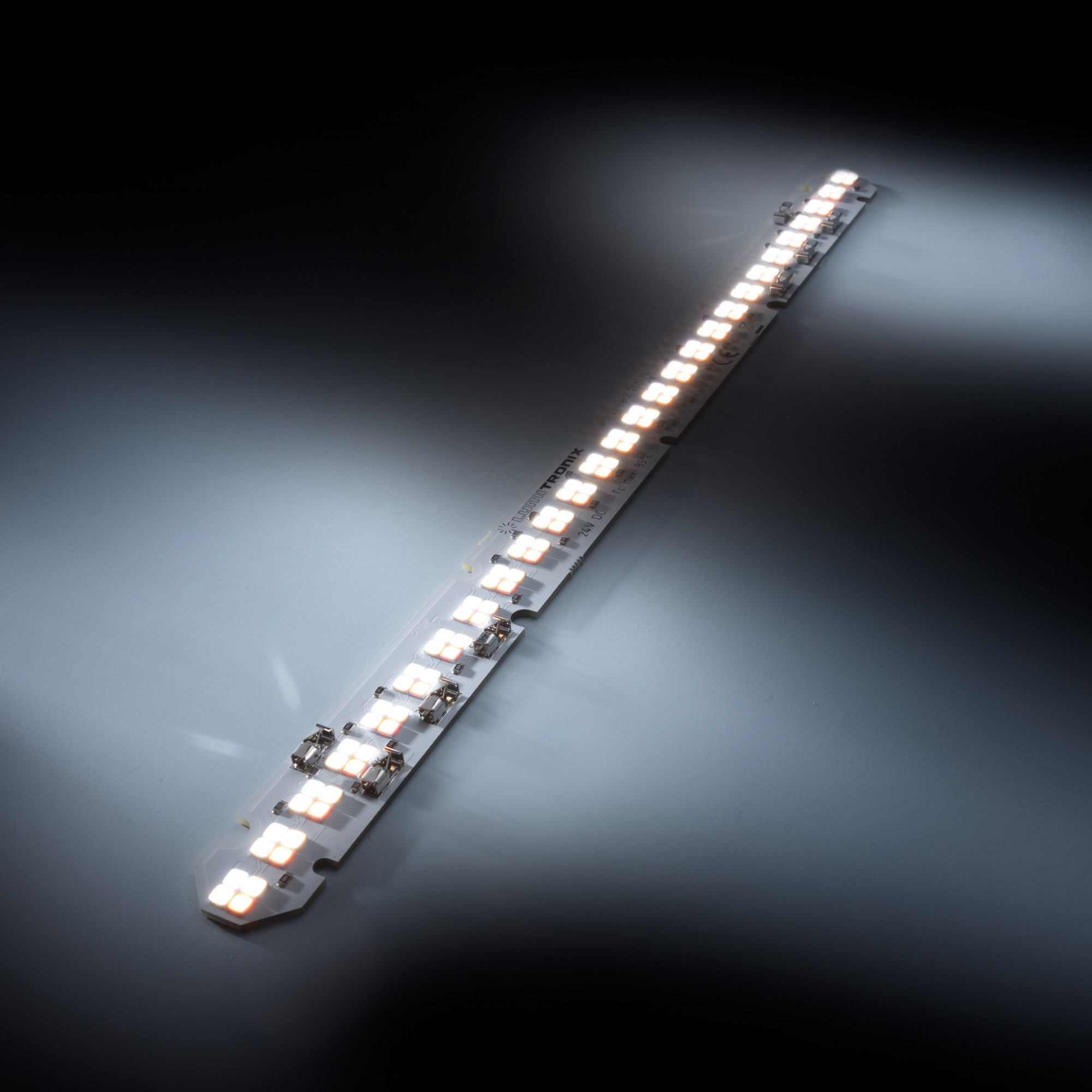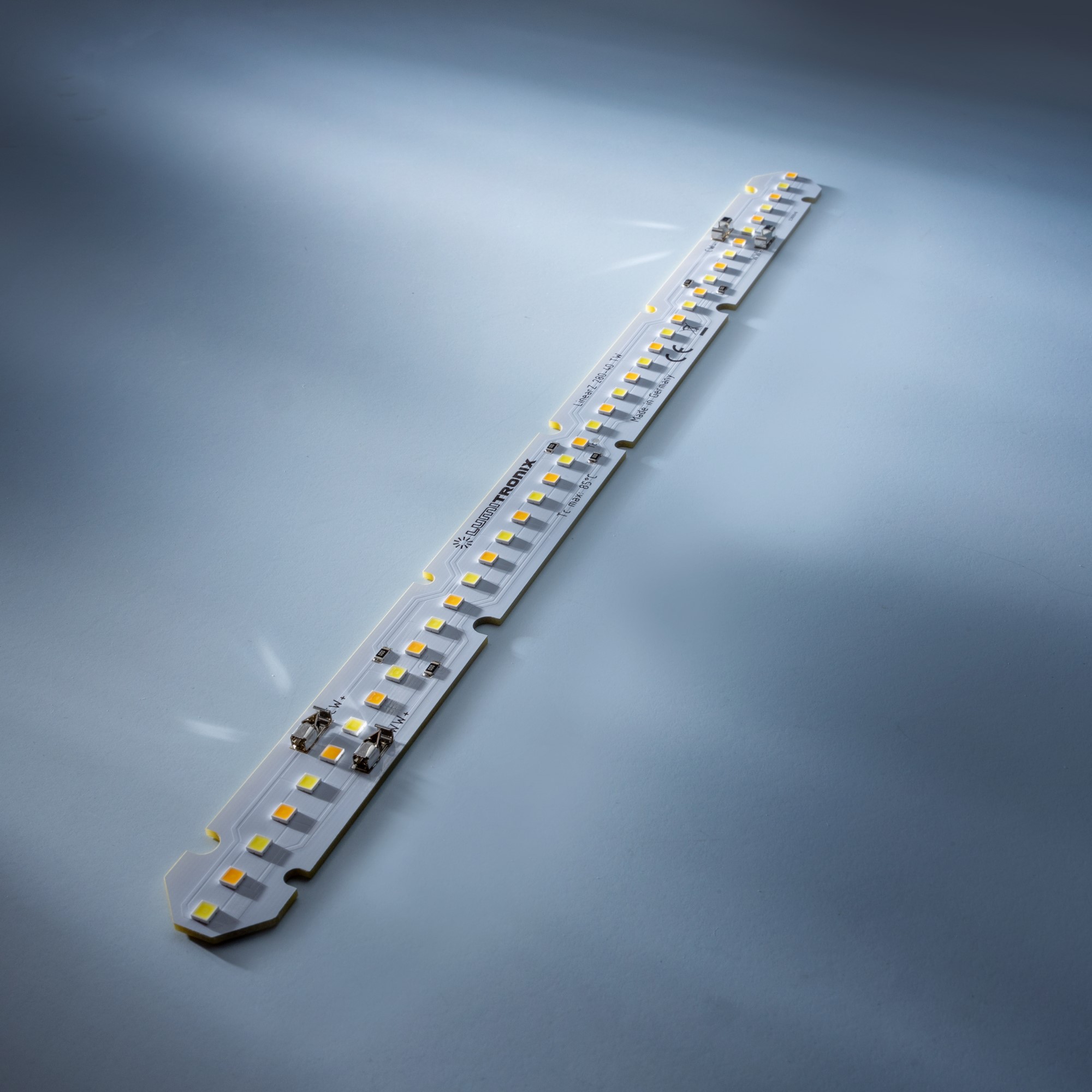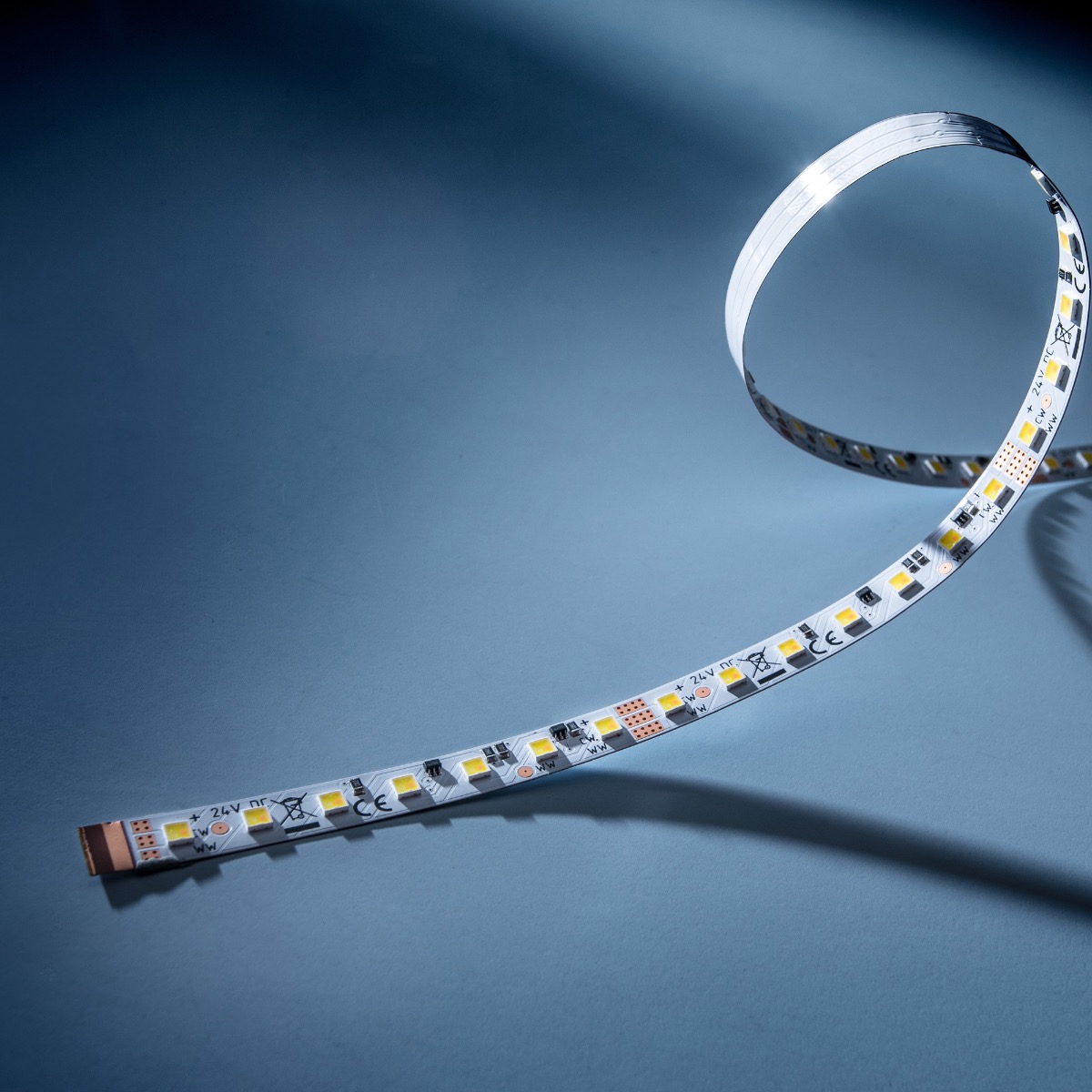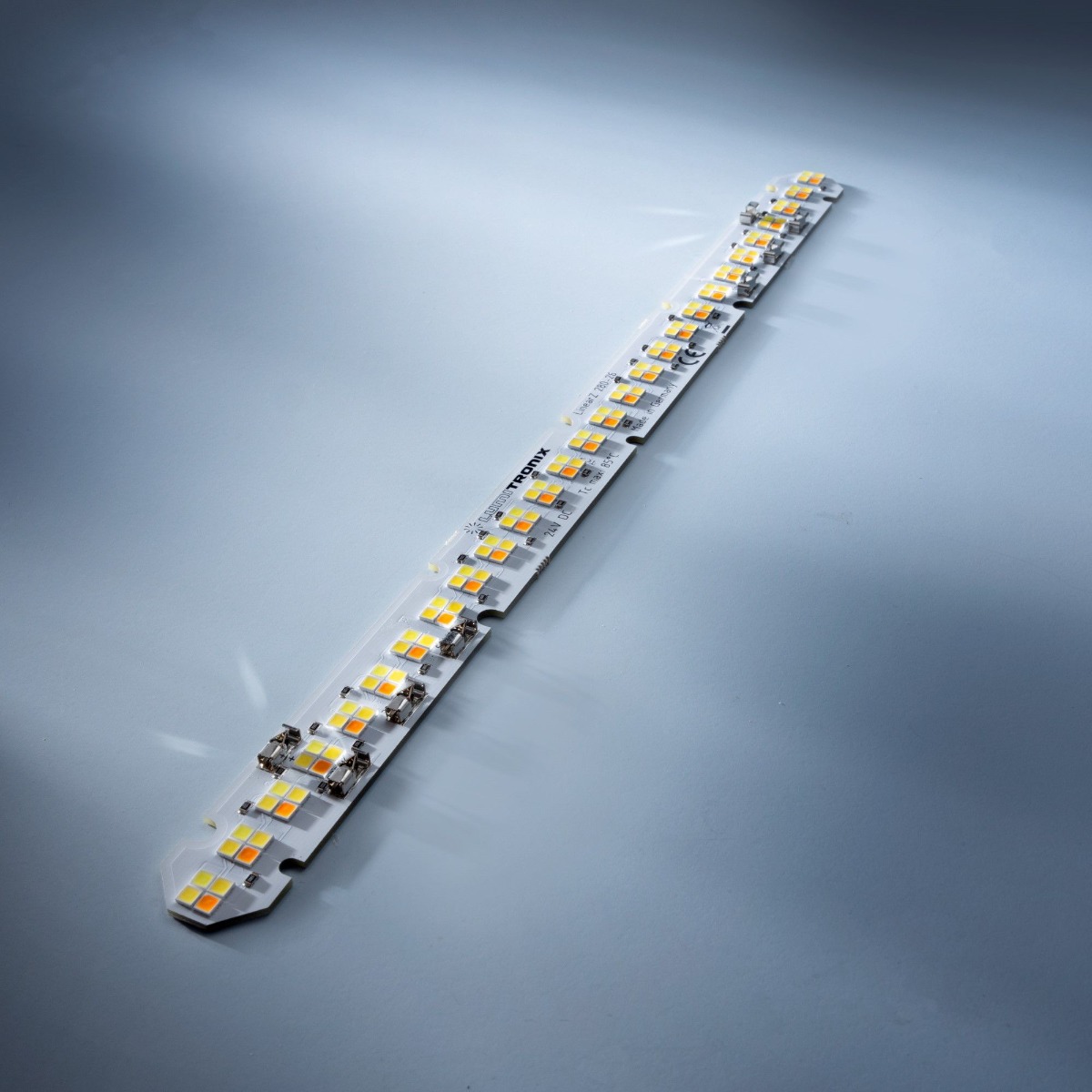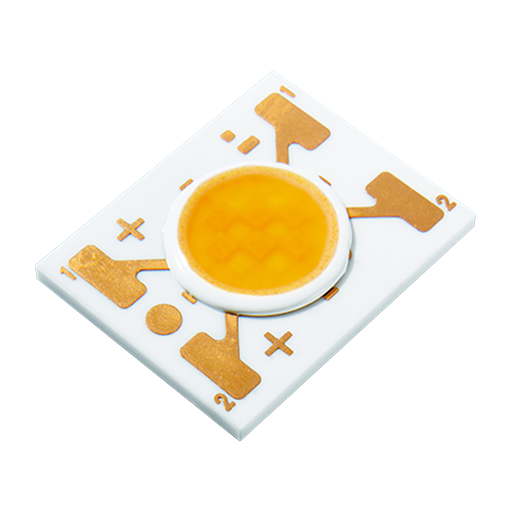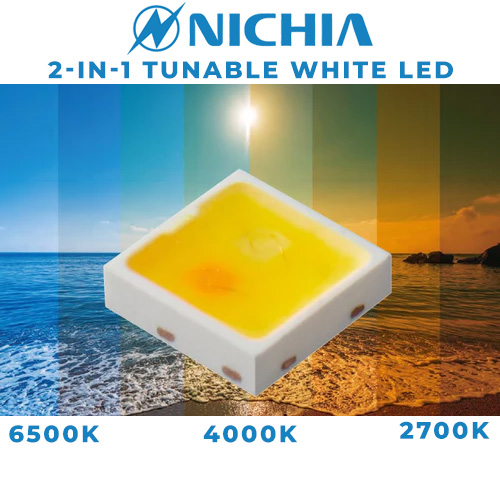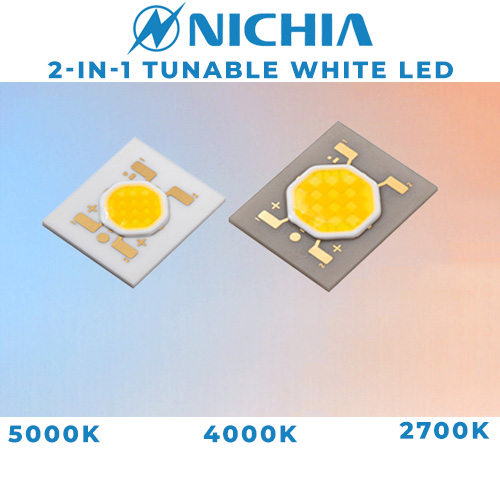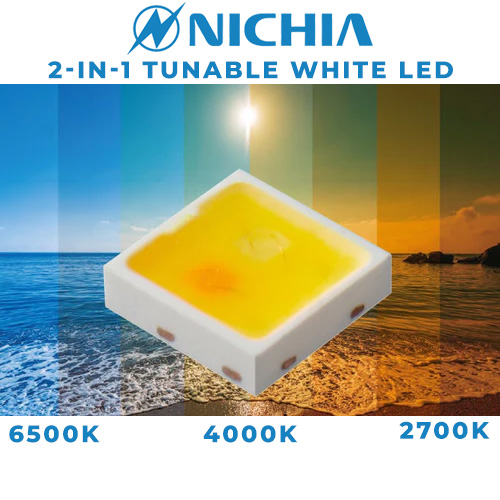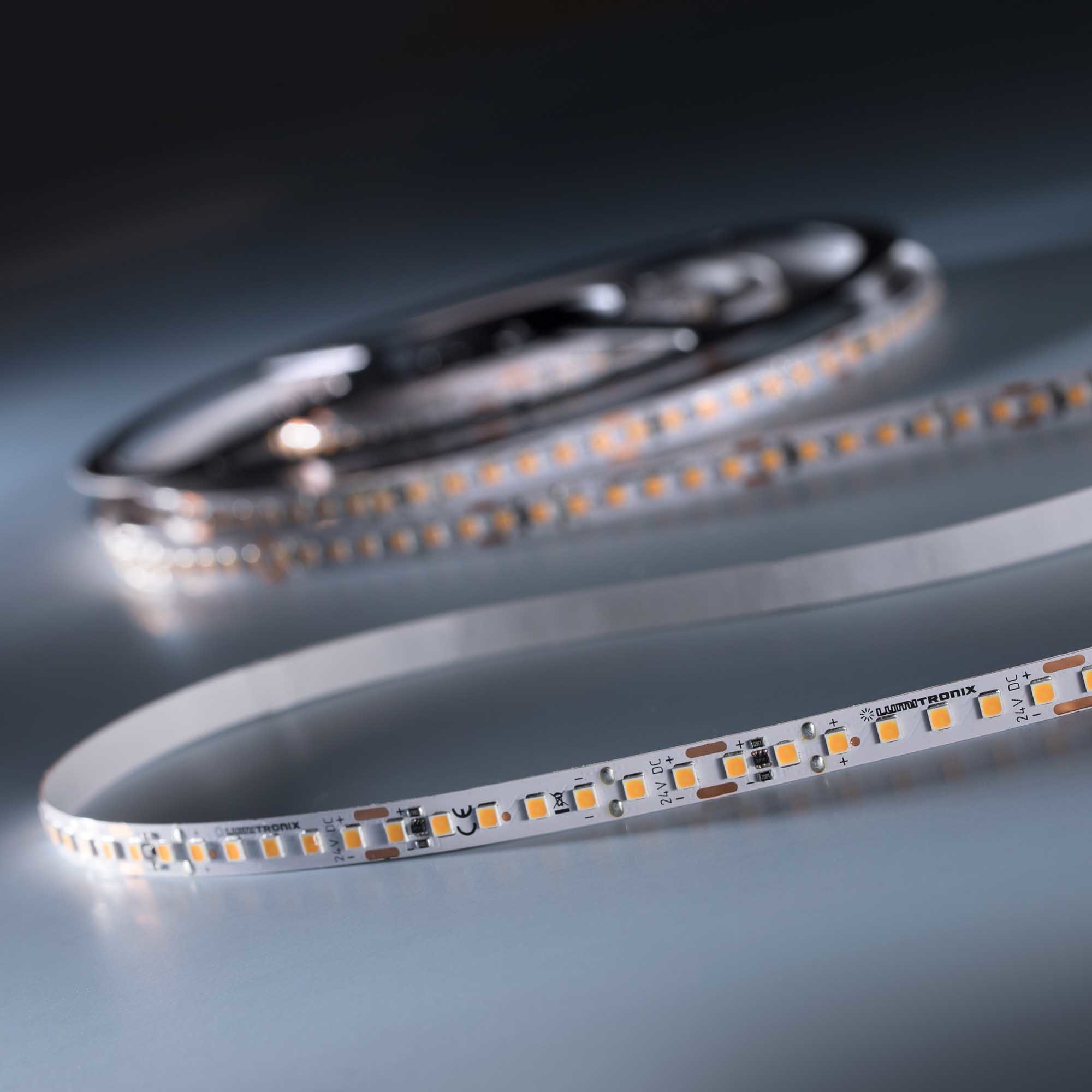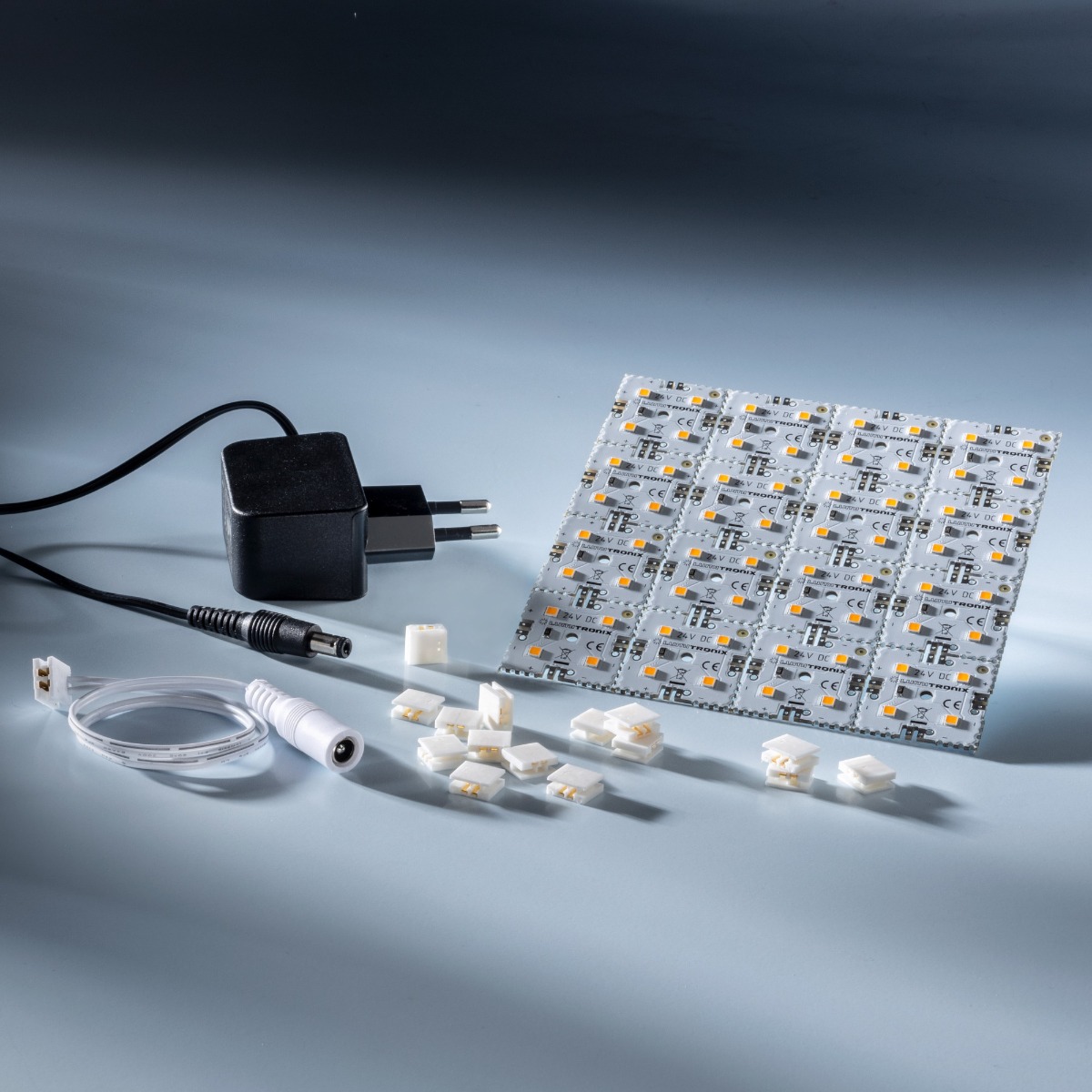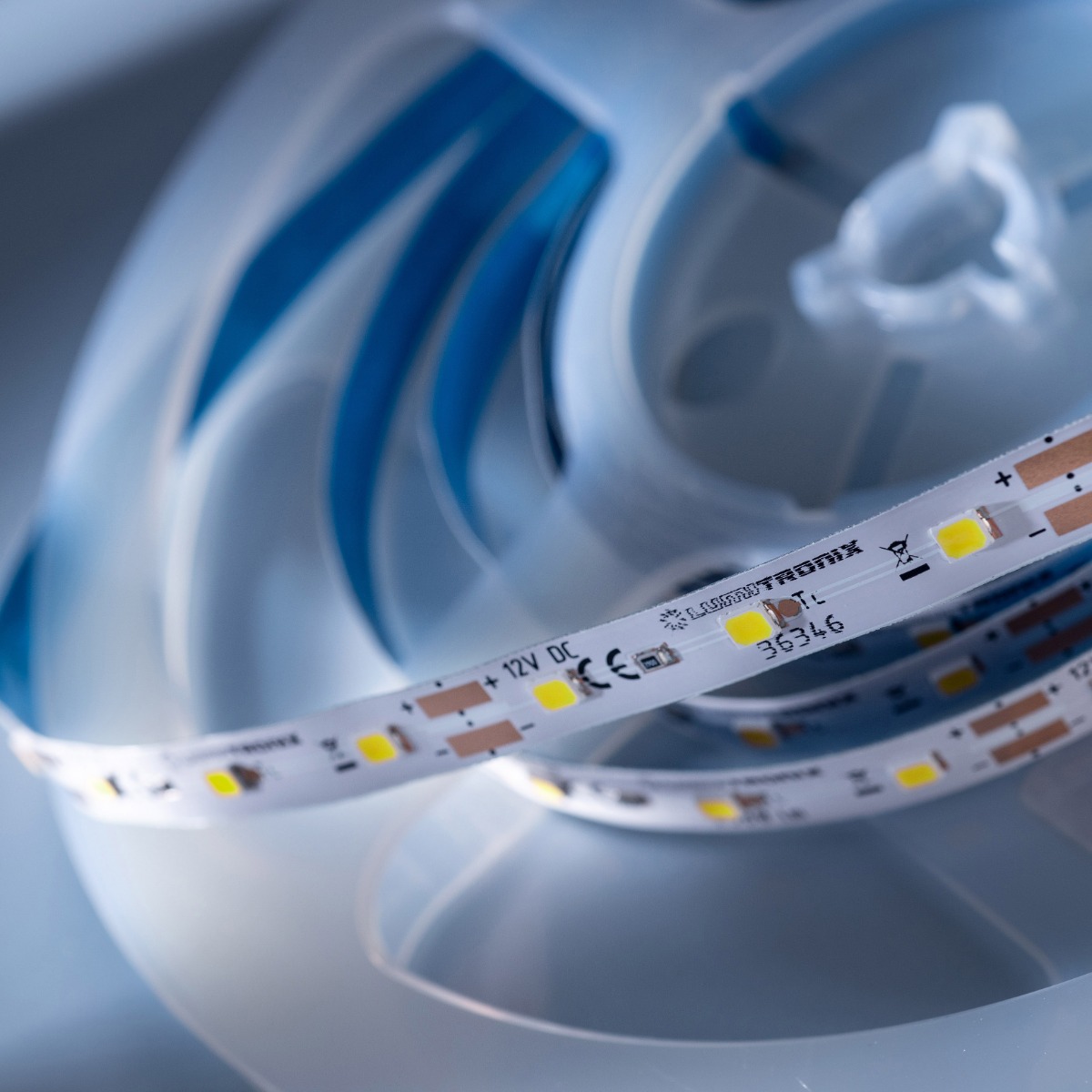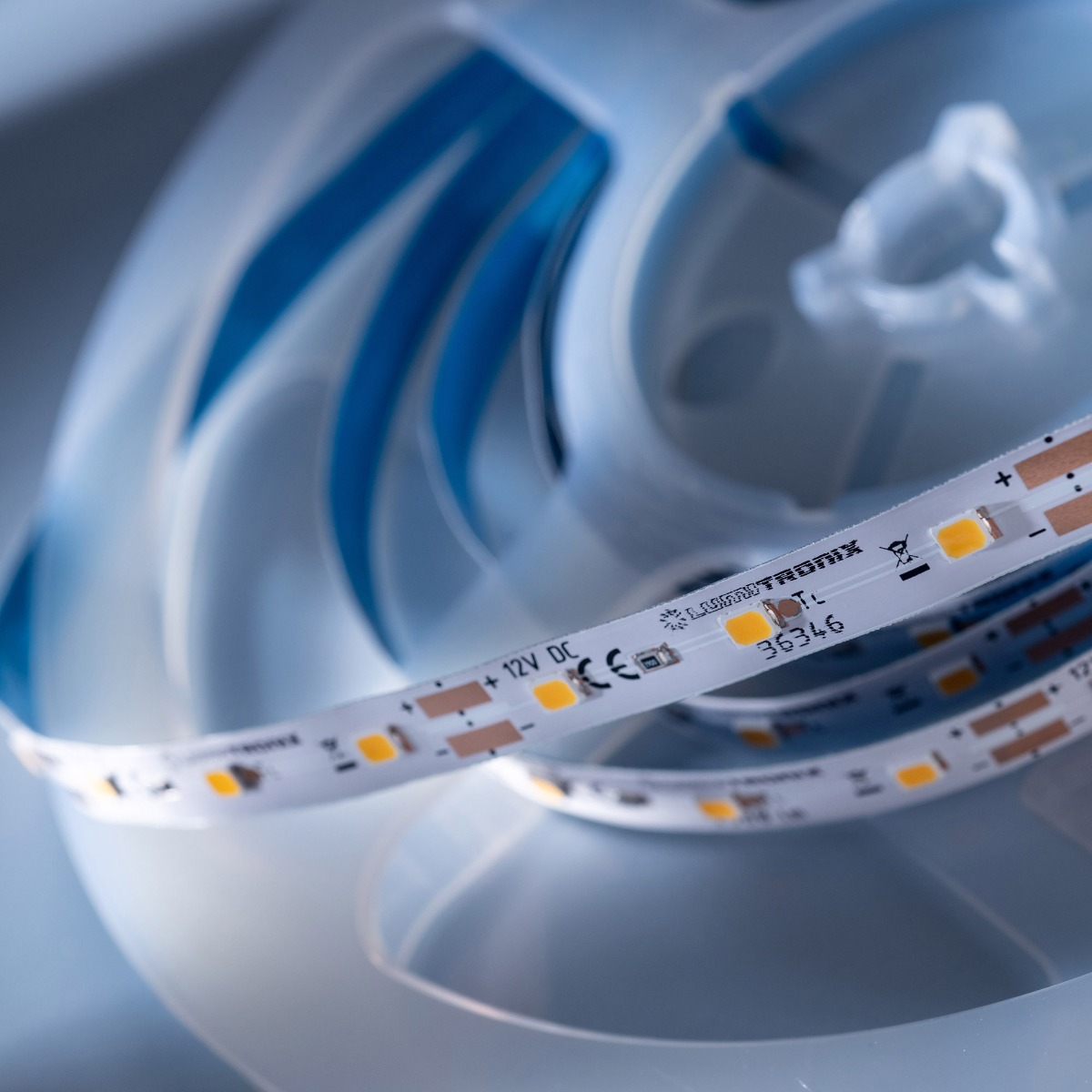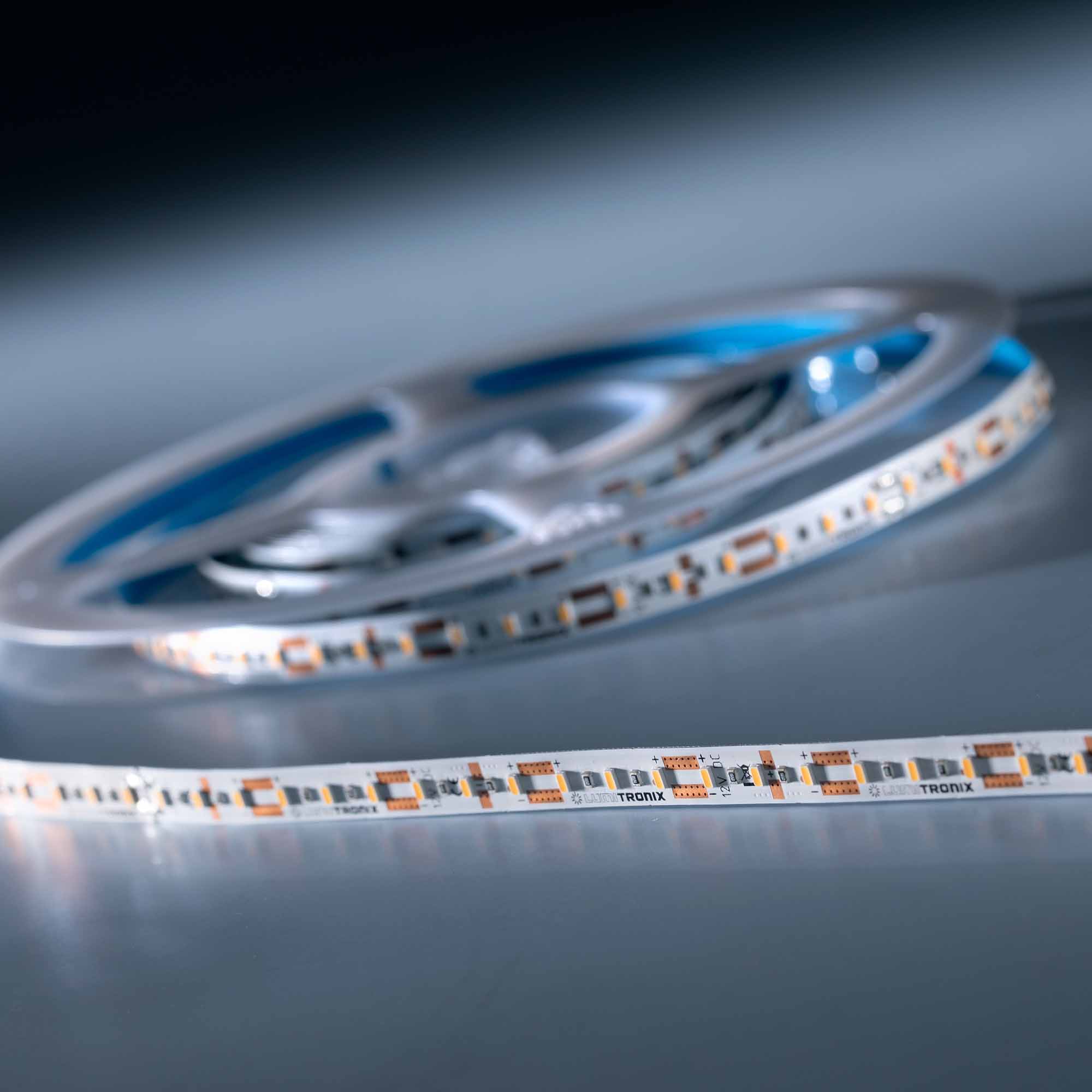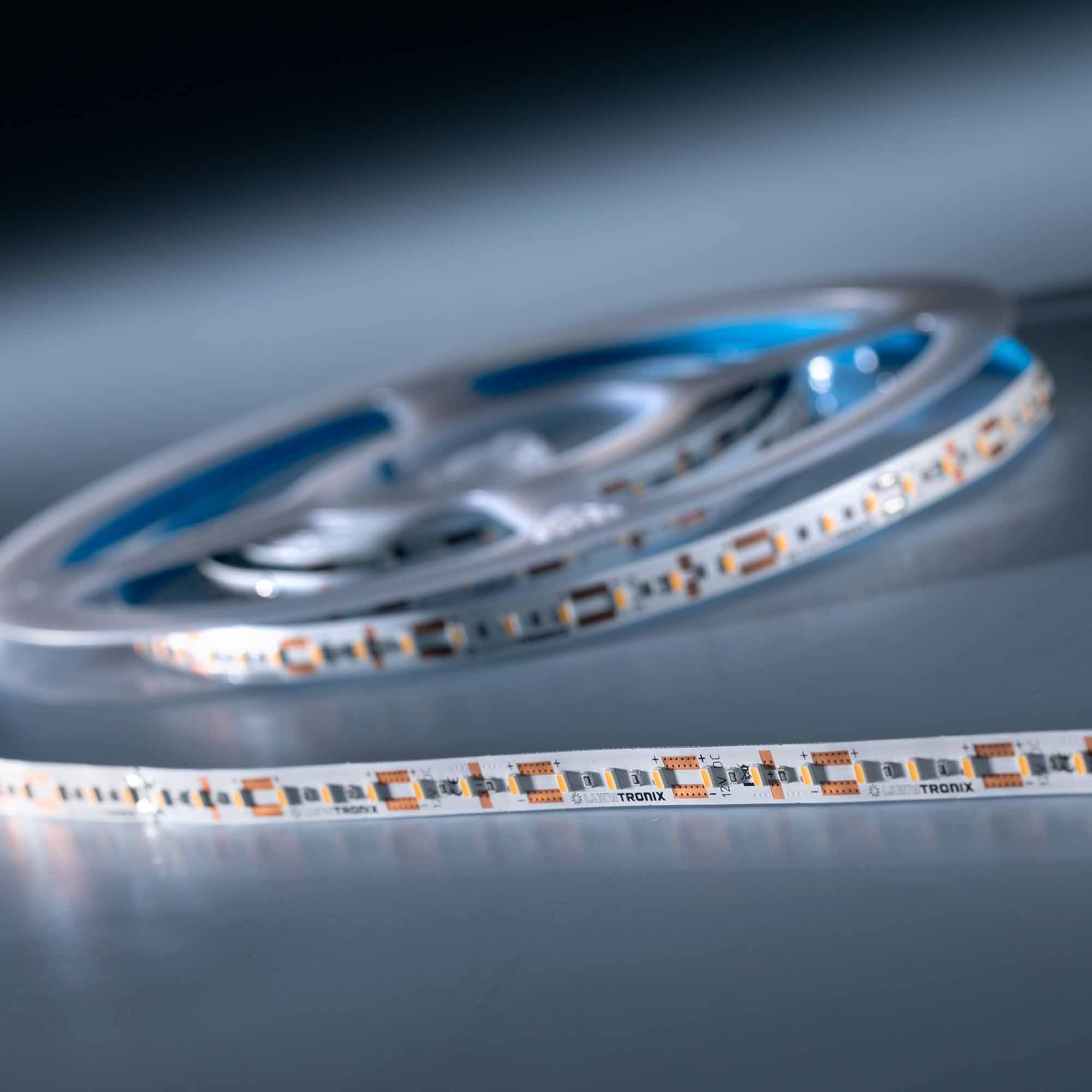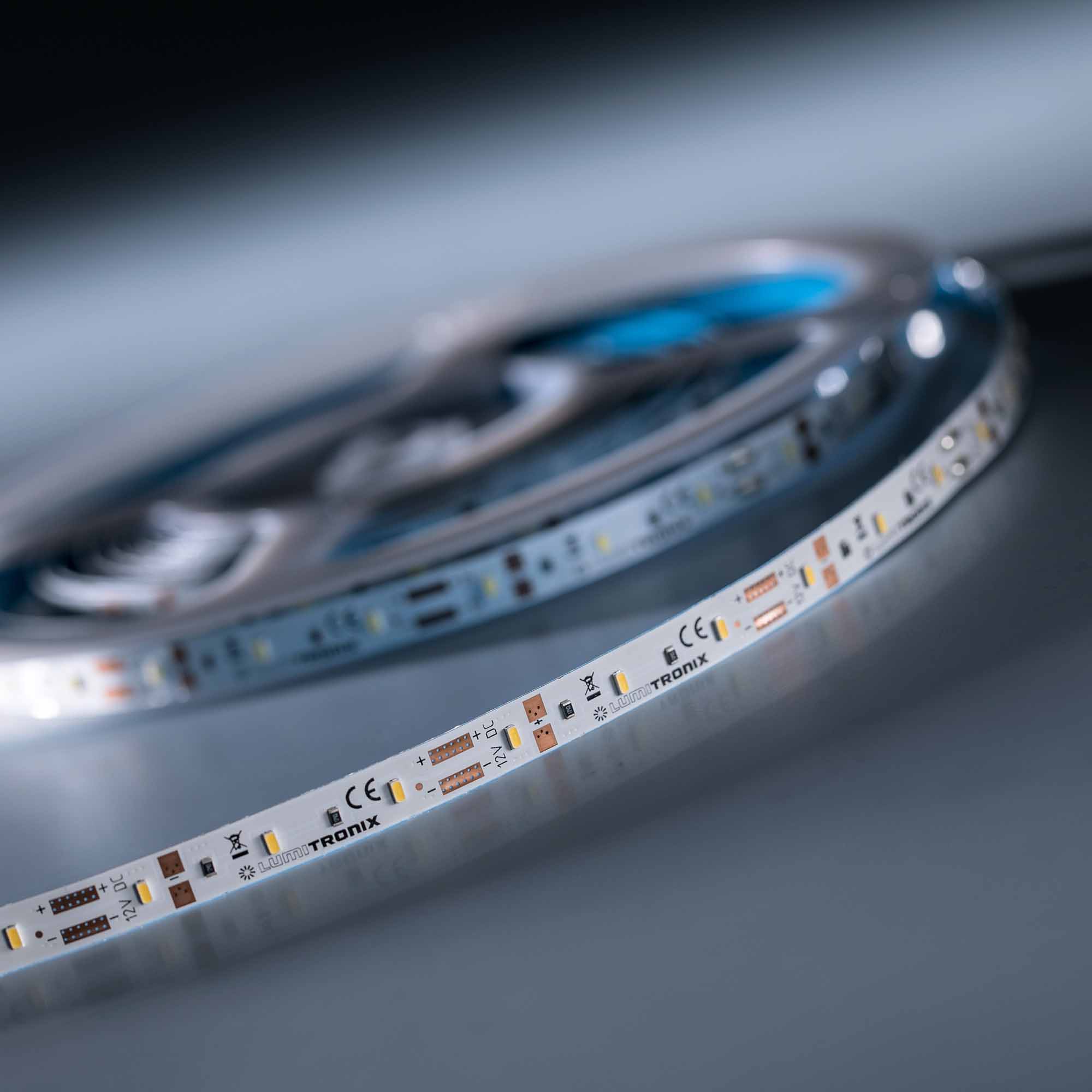The Comprehensive Guide to Choosing the Right Color Temperature for LED Lighting
- By Ledrise Led Professional
- Mar 2, 2023

Natural light is a dynamic and versatile source of illumination that affects our mood, energy levels, and even sleep patterns. With advancements in LED lighting technology, we can now mimic the effects of natural light by adjusting the color temperature of our artificial light sources. In this comprehensive guide, we will explore the various factors to consider when choosing the right color temperature for LED lighting, the recommended color temperatures for different indoor spaces and applications, and the latest trend in tunable white LEDs.
Understanding Color Temperature
Color temperature is measured in degrees Kelvin (K) and describes the tone of white light. It ranges from warm orange-red hues (about 2000K) at sunrise and sunset to cooler blue-white hues (about 5500-6500K) at noon. The color temperature of sunlight changes throughout the day and seasons, influencing our perception of the surrounding environment. With LED lighting, we can replicate these natural light variations, allowing us to create the desired ambiance and functionality for any indoor space.


Psychological and Physiological Effects of Light
The color temperature of light can affect our mood, energy levels, and sleep patterns. Warm white light (2700K to 3000K) has a calming effect on the body, making it a great option for spaces where relaxation is a priority, such as bedrooms or living rooms. Cooler white light (5000K to 6500K) has an energizing effect, making it ideal for workspaces, such as offices or factories. By selecting the right color temperature for LED lighting, you can create an environment that supports the intended activities and emotions.
Recommended Color Temperatures for Different Indoor Spaces and Applications
1. Warm white 2700K to 3900K.
White 2700K luminaires have a cozy, intimate warm white light, which we recommend for use in living rooms and bedrooms. Warm white light is also considered good for relaxation. You may want to have warmer color temperature bedside lamps to prepare for sleep, as blue light can suppress the melatonin that the body naturally produces for falling asleep. For business applications, the warm glow creates a soft and personal, homely atmosphere in restaurants, hotels and retail stores.
White 3000K lights with a soothing warm white light are recommended for kitchens and bathrooms. Compared to 2700K, warm light at 3000K creates a relaxing atmosphere, but with a little more clarity in the surroundings, good for residential areas where you normally do tasks. For business applications, the warm glow creates a cozy, homely atmosphere in guest rooms, cafés and clothing stores.
White 3500K lights with a balanced warm white light that are best used for business applications that want to create a friendly, welcoming atmosphere that keeps people alert and focused at the same time. This desired effect fits perfectly in offices, clothing stores, hospitals, classrooms or dining areas.
2. Pure White 4000K to 4900K
White 4000K has a clean, focused, pure white light that can fit well in studies, garages and kitchens. Compared to the warm light that creates relaxation, pure white makes you focused and attentive. For business applications, this is ideal for offices, grocery stores, hospitals, classrooms and jewelry boutiques, especially those selling diamonds or silver.
White 4500K has a clean, focused, slightly cold white light that provides clarity in most tasks and creates a safe working environment. We recommend white 4500K light for classrooms, jewelry boutiques, especially for the sale of diamonds or silver, grocery stores or garages.
3. Cold white 5000K to 7000K
White 5000K lights with a vivid, cold white light that is suitable for high concentration and visual performance in most tasks and provides the safest working environment. We recommend white 5000K light for warehouses, hospitals, classrooms and car parks.
White 5700K is energetic light good for workplaces with specific tasks where an increase in concentration, performance and best contrast sensation is desired. Such places can be laboratories, factories and hospitals.
White 6500K lights are recommended for workplaces where tasks require increased concentration and performance. Such places can be laboratories, factories and hospitals. Another important application is agriculture, especially indoor horticulture.
To sum up:
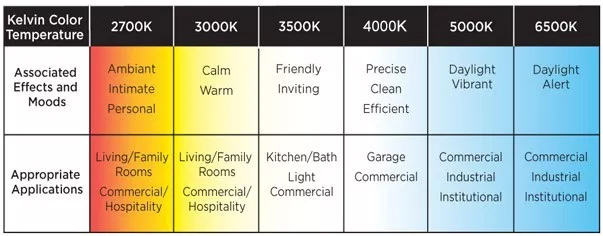
Practical Tips for Selecting the Right Color Temperature
-
Assess the space: Before selecting the color temperature for your LED lighting, evaluate the intended purpose of the space, the activities that will take place there, and the desired ambiance. This will help you determine the most suitable color temperature to support the users' needs and preferences.
-
Experiment with different color temperatures: If you're unsure about the ideal color temperature for your space, try out various options to see which one feels the most comfortable and appealing. Tunable white LEDs can be particularly useful for this purpose, as they enable you to switch between different color temperatures easily.
-
Consult with a lighting designer or expert: If you're still uncertain about the best color temperature for your space, consider seeking advice from a lighting designer or expert. They can help you understand the factors to consider and guide you towards the most appropriate choice for your specific needs.
-
Consider combining color temperatures: In some cases, it may be beneficial to use a mix of color temperatures in a single space to create a more dynamic and flexible lighting environment. For example, you could use warm white lighting in relaxation areas and cooler white lighting in workspaces, or combine different color temperatures in retail spaces to accentuate specific merchandise.
-
Prioritize energy efficiency: When selecting LED lighting, prioritize energy efficiency by opting for high-quality, energy-saving LED light sources. This not only helps you save on energy costs but also contributes to a more sustainable environment.
-
Don't forget about dimming: In addition to selecting the right color temperature, incorporating dimming controls can further enhance the flexibility and adaptability of your LED lighting. Dimming allows you to adjust the brightness of your lights according to your needs and preferences, creating a more personalized and comfortable atmosphere.
Color Rendering Index (CRI) and Energy Efficiency
When choosing the color temperature for LED lighting, it's crucial to consider the CRI and energy efficiency of the light source. A high CRI (closer to 100) ensures that colors appear more vibrant and natural, while a low CRI can make colors look dull and washed out. Warmer white light tends to use less energy than cooler white light, making it a more sustainable choice for certain applications.
Tunable White LEDs: The Future of Lighting
To simplify the process of selecting the right color temperature, many LED strips and luminaires now feature tunable white LEDs and dimming controls. These allow users to choose any color temperature from 2700K to 6500K at the touch of a button, providing ultimate flexibility and customization for any indoor space.
In summary, selecting the right color temperature for LED lighting is a crucial aspect of creating the desired atmosphere and functionality for any indoor space. By considering factors such as psychological and physiological effects, the type of activities, CRI, and energy efficiency, you can make an informed decision that enhances the user experience and supports the intended purpose of the space. With the increasing popularity of tunable white LEDs, achieving the perfect balance between ambiance and functionality has never been easier.
